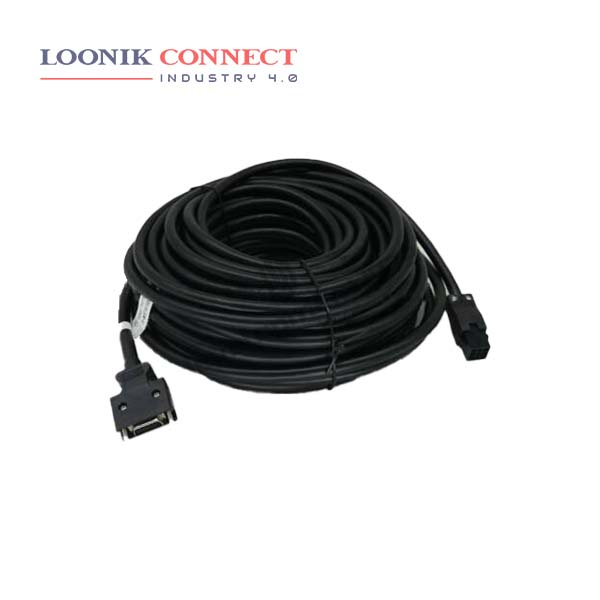An encoder cable transmits encoder output, which may include multiple channels, to a control device. Encoder cable signal transmission can be degraded by many factors including, long transmission runs, high cable capacitance and extreme EMI. Shielding is important. At minimum, the cable should be protected either by a foil jacket with a drain wire or by a braided-wire shield that is grounded. For very sensitive applications or high-EMI environments, foil jacketed wires in combination with an overall braided-wire shield around the cable should be used.
A motor encoder is a rotary encoder mounted to an electric motor that provides closed loop feedback signals by tracking the speed and/or position of a motor shaft. It sounds fantastic in theory to change out the entire encoder cable every time it is damaged. However this is almost never possible or feasible. An encoder is classified into four types: mechanical, optical, magnetic, and electromagnetic induction types.
There are four types of information necessary to rotate the motor with high accuracy: rotation amount, rotational speed, rotational direction, and rotational position. Simply put, an encoder is a sensing device that provides feedback. Encoders convert motion to an electrical signal that can be read by some type of control device in a motion control system, such as a counter or PLC. The encoder sends a feedback signal that can be used to determine position, count, speed, or direction.










